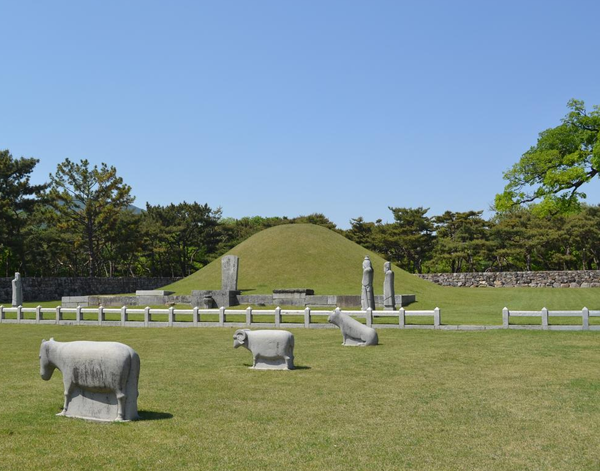
Royal Tomb of King Suro in Gimhae
- Address 26, Wangneung-gil Gimhae-si
- Type State-Designated Cultural Heritage, Historic Site
- Date of Designation 1963.1.21.
- Website https://www.gimhae.go.kr/07058/07079/07088.web?amode=view&idx=265
This is the Royal Tomb of King Suro commonly referred to as Namneung. It is the tomb of King Suro (42-199) who is the founder of Garakguk. The burial mound is round. It’s 6 m high and 22 me in diameter. The tomb has a tombstone, platform stone, munmuinseok (statues of civil officers and military officers) and mayanghoseok (statues of horses and sheep) and, within the compound, there are buildings like Sungseongjeon, Sunganjeon, Anhyanggak, and Sindobigak (commemorative statues).
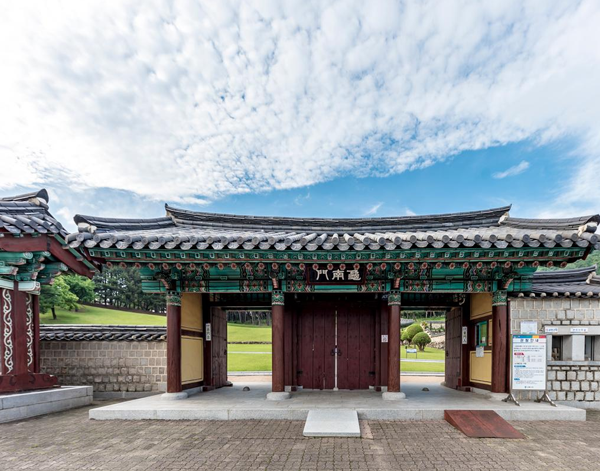
Tomb of Queen Consort of King Suro in Gimhae
- Address Suro, 1, Garak-ro 190beon-gil, Gimhae-si, Gyeongsangnam-do
- Type State-Designated Cultural Heritage, Historic Site
- Date of Designation 1963.1.21.
- Website https://www.gimhae.go.kr/07058/07079/07088.web?amode=view&idx=275
Tomb of Queen Consort of King Suro is the final resting place of Queen Heo, the Queen Consort of King Suro, the founder of Geumgwan Gaya. It’s said that Heo Hwang-ok was originally a princess of Ayuta Kingdom and that at the age of 16, after receiving a heavenly command, she was sent to marry King Suro. Unlike the Tomb of King Suro, Queen Heo’s tomb was built not on a flat land but on a mound. The Ancient Tombs of Gusan-dong which are stone chamber tombs, are located nearby.
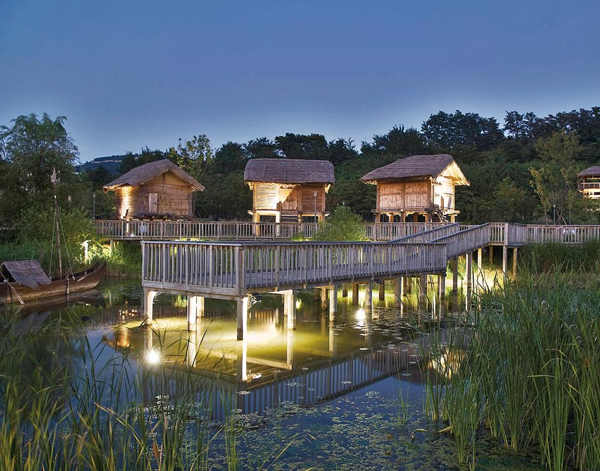
The Historic Site in Bonghwang-dong
- Address 39-32, Bonghwangdae-gil, Gimhae-si, Gyeongsangnam-do
- Type State-Designated Cultural Heritage, Historic Site
- Date of Designation 1963.1.21.
- Website https://www.gimhae.go.kr/07058/07079/07088.web?amode=view&idx=285
The Historic Site in Bonghwang-dong comprised of Hoehyeon-ri Shell Mound which is the first archeological site to be excavated in Korea and Bonghwangdae which is one of the key remains that give us insights into the lives during the Geumgwan Gaya period. From the Historic Site in Bonghwang-dong, remains of dolmens, shell mounds, port facilities and Bonghwan Earthen Rampart have been excavated, making this site a mixed historic site that holds remains from the Bronze Age to the Gaya Confederacy Period. The site also gives information about the lives of Gaya people and legitimacy of Gaya Kingdom.
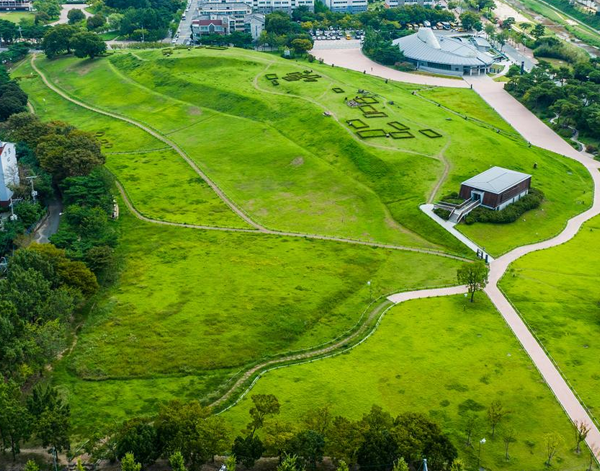
Ancient Tombs in Daeseong-dong
- Address Gimhae, 126, Gayaui-gil, Gimhae-si, Gyeongsangnam-do
- Type State-Designated Cultural Heritage, Historic Site
- Date of Designation 1991.1.8.
- Website https://www.gimhae.go.kr/07058/07059/07327.web?amode=view&idx=297
The Ancient Tombs in Daeseong-dong are tombs of Geumgwan Gaya’s ruling class that led the first half of the Gaya Confederacy Period through steel production and international trade from the 1st to 5th century. The tombs are located on a low, separate mound at the center of the Gimhae Basin overlooking the old Gimhae Bay.
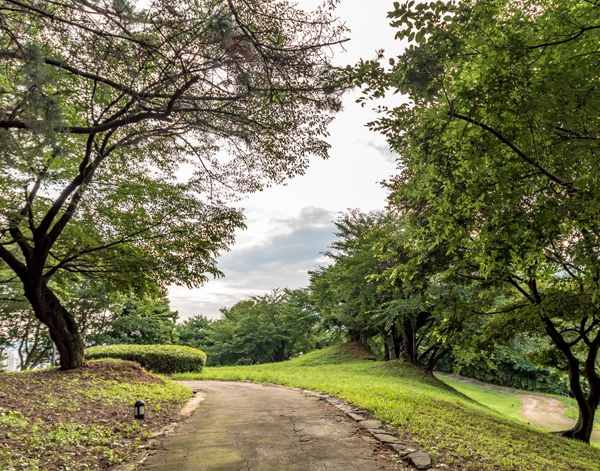
Gujibong Peak in Gimhae
- Address San 81-2, Gusan-dong, Gimhae-si, Gyeongsangnam-do
- Type Historic Site No. 429
- Date of Designation 2001.3.7.
- Website https://www.gimhae.go.kr/07058/07079/07088.web?amode=view&idx=355
Gujibong Peak is believed to be the sacred birthplace of King Suro. The peak is also referred to as Gusubong (“gu” meaning “turtle,” “su” meaning “head”) or Gubong because of its resemblance to the head of a turtle. According to the story about King Suro’s birth in 「Garakgukgi」(History of Garak Kingdom) in Samguk Yusa or the Memorabilia of the Three Kingdoms, in AD 42, 9 village chiefs who ruled this region and the people gathered here at Gujibong Peak and when they sang Gujiga and danced, a purple rope descended from heaven, with a golden box dangling from its end. Inside the box were six golden eggs and those that hatched from these eggs became the kings of six Gaya kingdoms.

